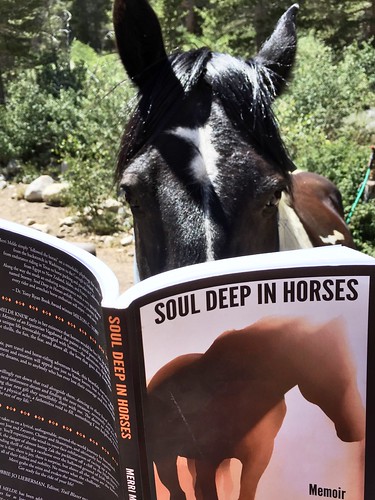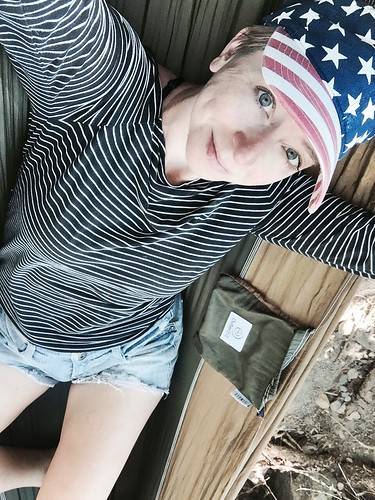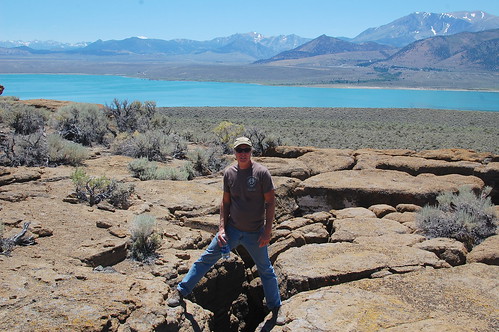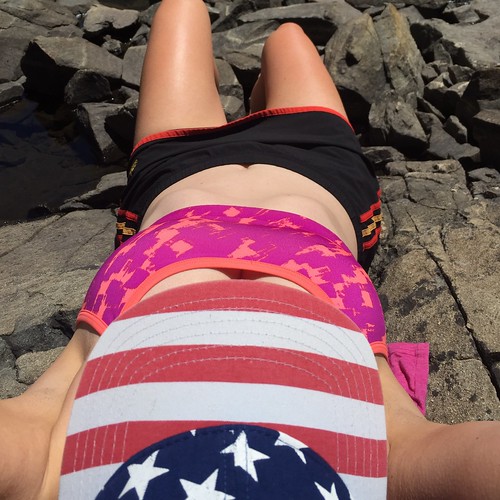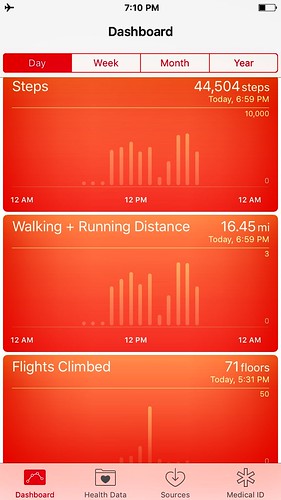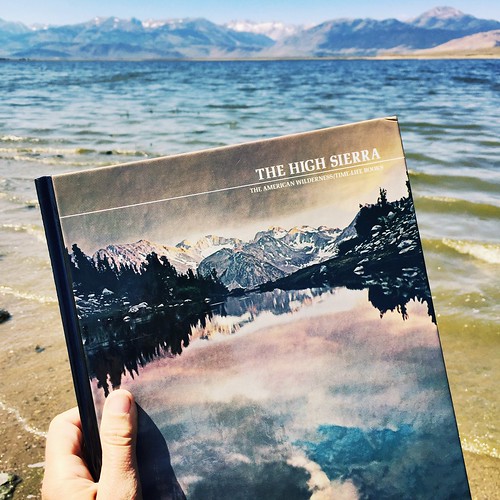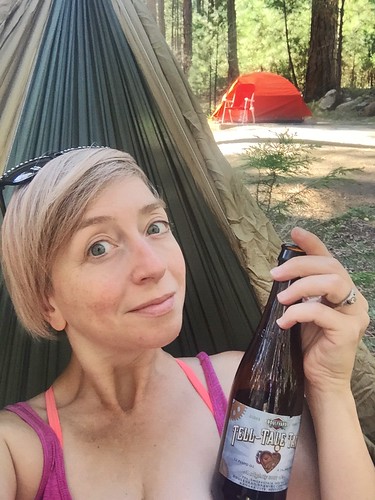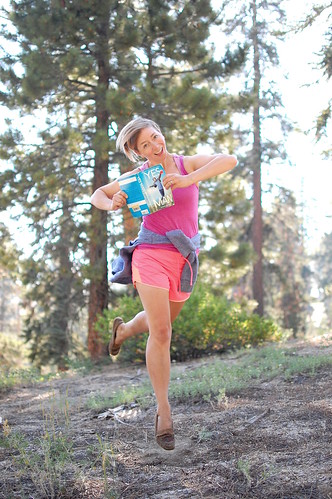Yosemite National Park
Rancheria Falls: 12.7 miles, 2568 feet elevation gain
Poopenaut Valley: 2.2+ miles, 1263 feet elevation gain
May Lake: 2.4 miles, 501 feet elevation gain
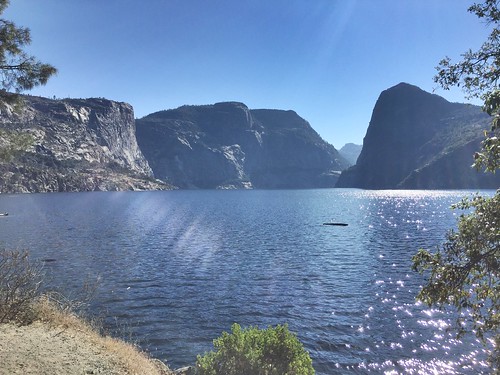
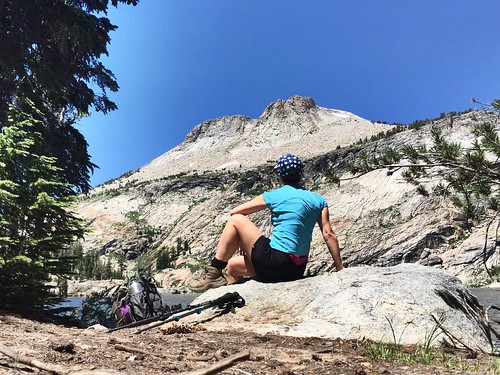
Mono Basin National Forest Scenic Area
Black Point Fissures: 3.43 miles, 400 feet elevation gain
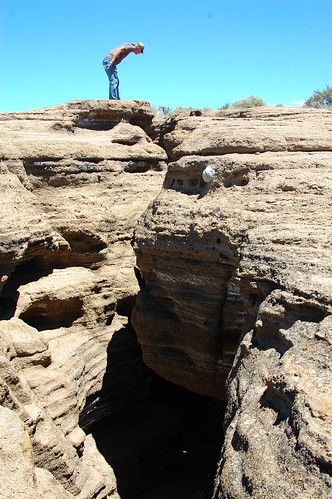
Hoover Wilderness
Virginia Lakes: 5-6 miles, 400 feet elevation gain
Lundy Canyon: 9.7 miles, 2000 feet elevation gain
West Lake: 9.43 miles, 2160 feet elevation gain
Oneida Lake: 8.45 miles, 1600 feet elevation gain
McMillan Lake: 8.8 miles, 960 feet elevation gain
Anna Lake: 13 miles, 2240 feet elevation gain
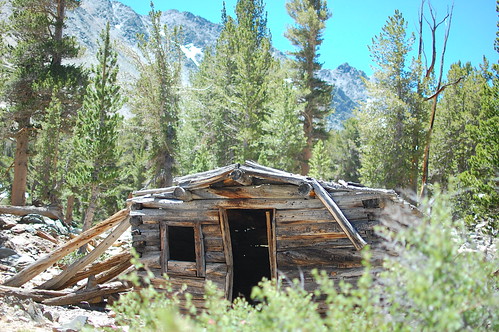
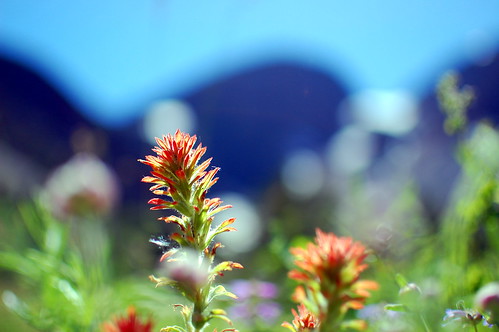
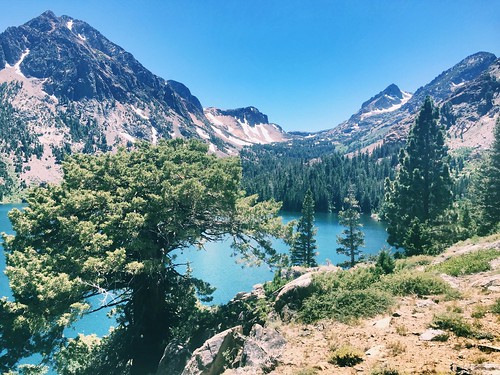

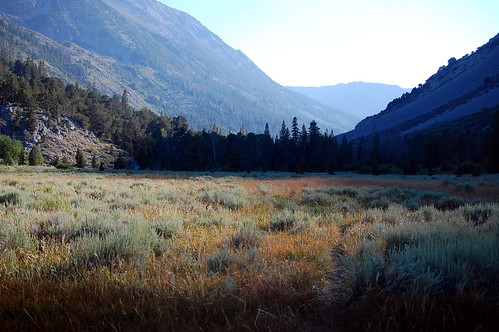
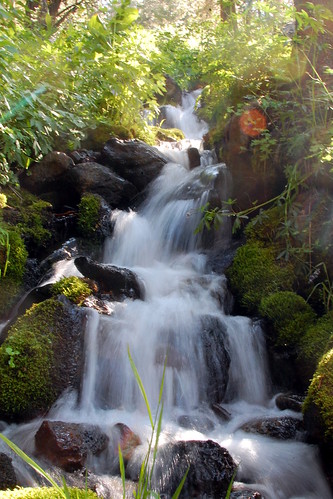
John Muir Wilderness
Little McGee Lake: 16.77 miles, 3000ish feet elevation gain
Upper Morgan Lake and Gem Lakes and Chickenfoot Lake: 10 miles, 1000ish feet elevation gain
Kearsarge Pass and Big Pothole Lake: 11+ miles, 2623+ feet elevation gain
1st, 2nd, and 3rd Lakes, 11.3 miles, 2000 feet elevation gain
Summit Lake via Mono Pass and Ruby Lake: 10.75 miles, 2116 feet elevation gain
Tamarack Lakes: 9.4 miles, 2303 feet elevation gain
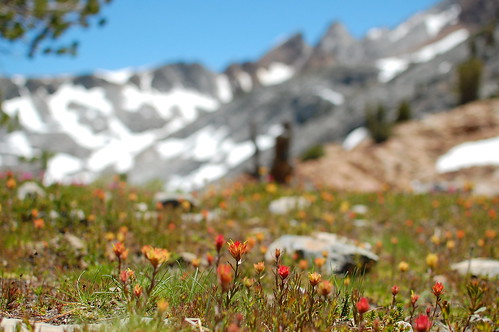
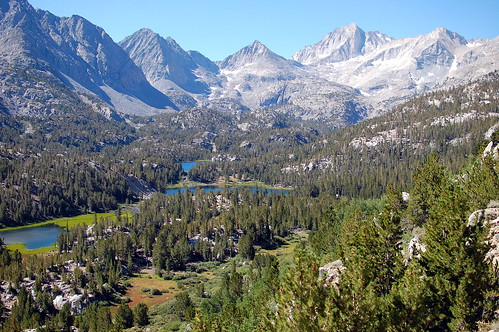
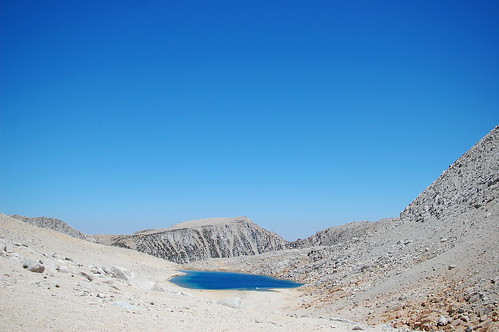
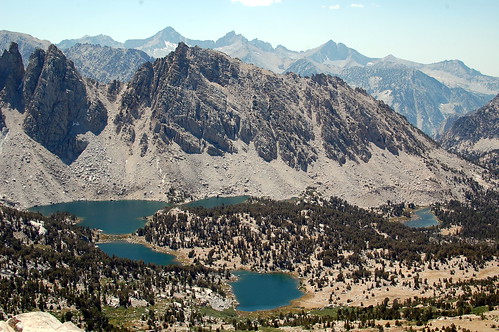

Ancient Bristlecone Forest
Mexican Mine and Methusulah Trail: 5.6 miles, 826 feet elevation gain

Sequoia National Park
Muir Grove: 4 miles, 541 feet elevation gain
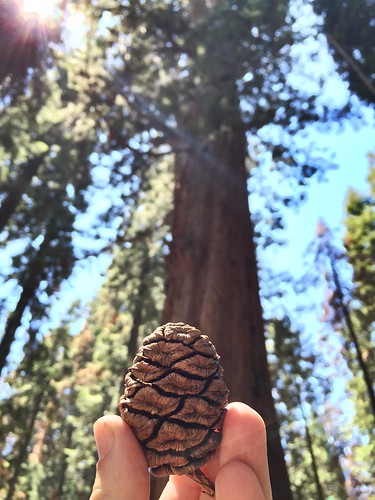
Kings Canyon National Park
Mist Falls: 9.21 miles, 800 feet elevation gain
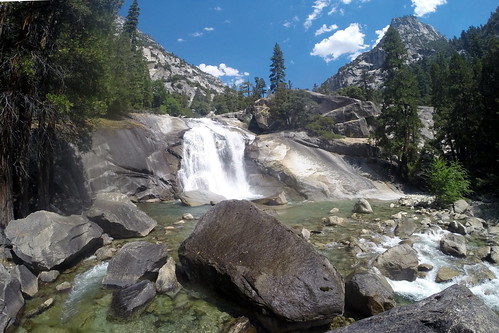
Death Valley National Park
Wild Rose Peak: 8.3 miles, 2473 feet elevation gain
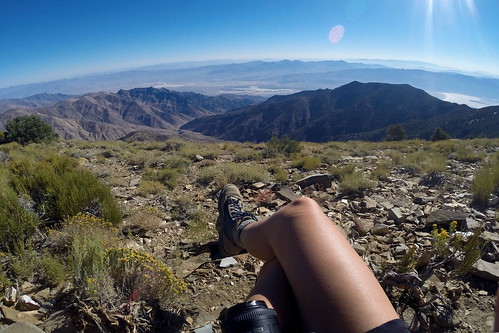
That’s over 172 miles hiked and 31,774 feet climbed. I’m saving a number of the Yosemite hikes for September, once the tourist traffic dies down. Expect me to add many more hikes to the list!
Follow along on Instagram @kasmirakit #yosemitechronicles
